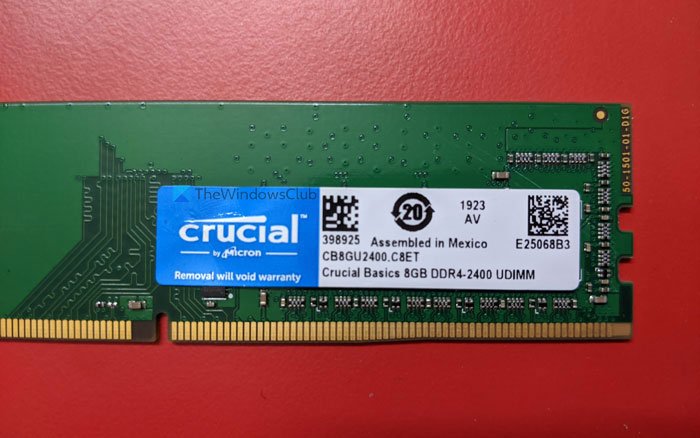

:max_bytes(150000):strip_icc()/how-to-check-ram-speed-on-windows-10-01-0045973446f44fcea5d7a98813a29e37.jpg)
Type “Command Prompt” in the Start menu, then click “Run as administrator” in the right-hand pane. How to Check RAM Speed, Type, and Size in Command Promptįor a more detailed readout, including power information, you can use command prompt. Ram that is reserved by hardware such as the motherboard and can’t be utilized. this will likely be DIMM in a desktop and SO-DIMM on a laptop. This is how to check RAM type in Windows 10. The number of slots in your motherboard taken up by RAM sticks The amount of time it takes RAM to receive a request from the process and then read or write that data. This is the amount of RAM taken by those applications.Īmount of kernel or device driver memory that can spill over into the page file.Īmount of kernel or device driver memory that can’t be moved to the disk’s page file. Windows 10 caches programs and files in memory for faster performance. The amount of RAM that has been committed to tasks, which can include virtual memory. The amount of memory Windows 10 is currently using, followed by the amount of memory compression, a technique used to reduce the size of paging requests. Click the one that says “Performance”, then click the “Memory” heading on the left pane and look at the details in the main pane. The detailed view should give access to Task Manager’s various tabs.

You just have to drill down into the details. Various upgrades to Windows Task Manager over the years have made it one of the best places to check hardware information and utilization.


 0 kommentar(er)
0 kommentar(er)
